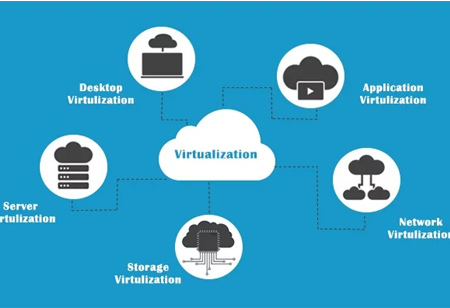THANK YOU FOR SUBSCRIBING
Virtualization in Cloud Computing: Understanding the Fundamentals
A virtual machine provides an environment which is separated from the hardware underlying it. The machine to create the virtual machine is known as the host machine, and the virtual machine is referred to as a guest machine.

By
Apac CIOOutlook | Wednesday, April 10, 2019
Stay ahead of the industry with exclusive feature stories on the top companies, expert insights and the latest news delivered straight to your inbox. Subscribe today.
The main function of the Hypervisor is to control and monitor processors, memory drives, and various other hardware devices. Once the hardware system is virtualized, a number of operating systems can be installed and thus, it will be capable to run different applications on these Oss, and multiple tasks can be processed at a time. Application virtualization involves hosting individual applications separately from the original OS in a virtual environment.
Few Virtualization Solution Companies-
The virtualization of OS requires hosting multiple OS on the native OS. During software virtualization, few specific services, processes, and applications need to be hosted. The multiple virtual environment operations are carried out in the host computer during software virtualization. This creates a hardware system which will even allow guest OS to run on it.
In storage virtualization, multiple physical storage devices that appear as a single storage device are grouped together. This offers various advantages such as storage homogenization across multi-capacity and speed storage devices, reduced downtime, load balance, better performance, and speed optimization. Partitioning hard drive into multiple partitions is an example of the storage virtualization.
Data virtualization provides a view of the data requested in a local database or web service with the goal of processing large amounts of data. Data virtualization software usually supports almost any data type including XML, flat files, SQL, web services, MDX, and Hadoop.
In network virtualization, multiple sub-networks can be created on the same physical network, which may or may not authorize to communicate with each other. Desktop virtualization helps employees to work comfortably from home. Since data transfer takes place via a secure protocol, the risk of data theft is reduced. Virtualization allows users to outsource their hardware easily and eliminate any operating energy costs.
Check This Out: Cloud Computing





